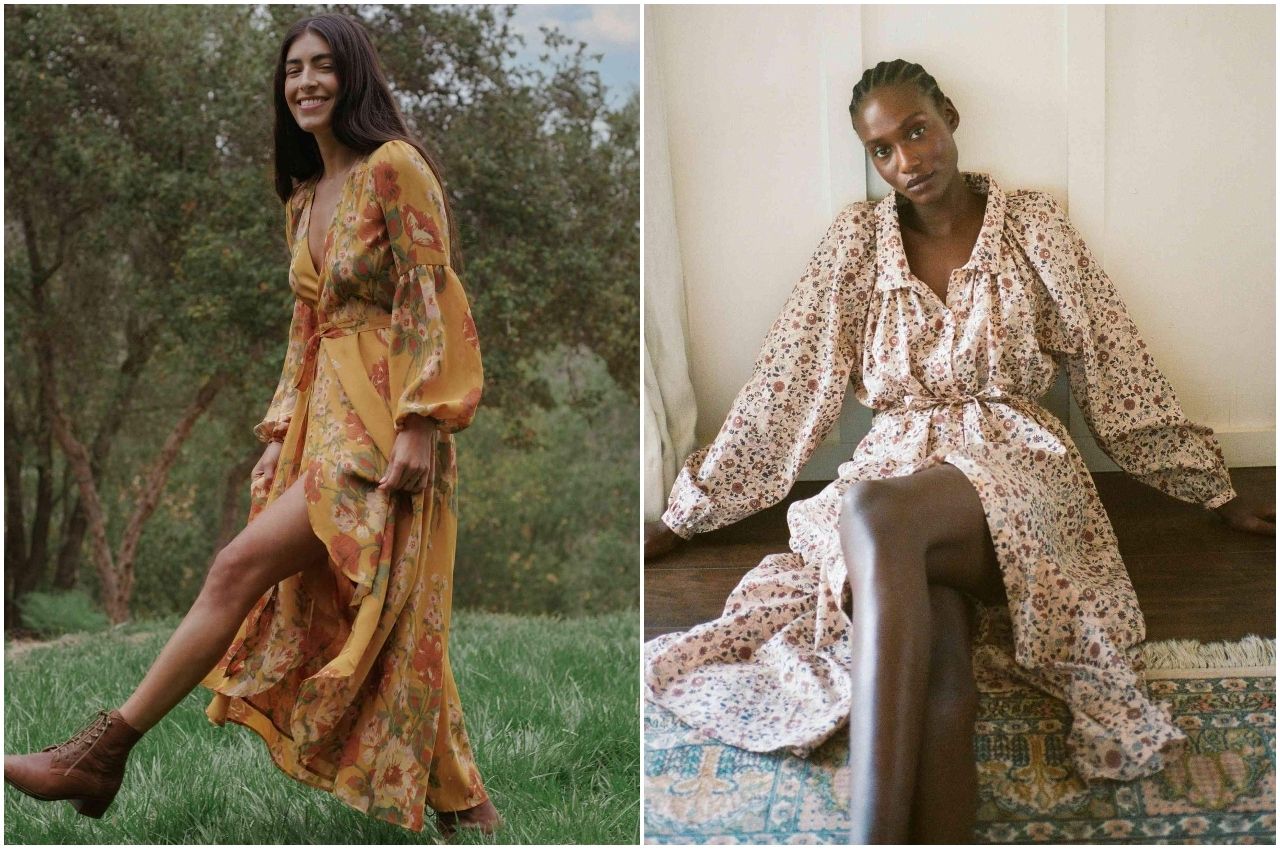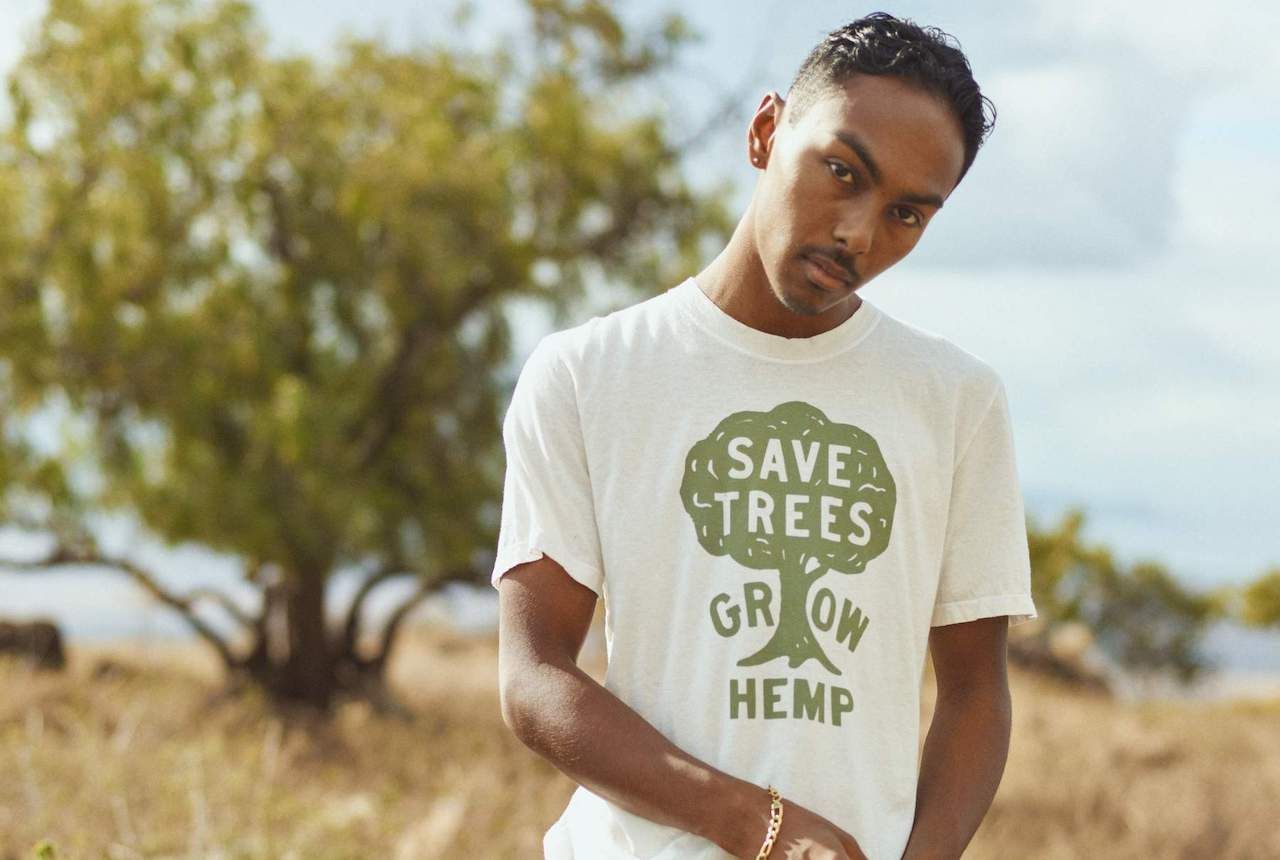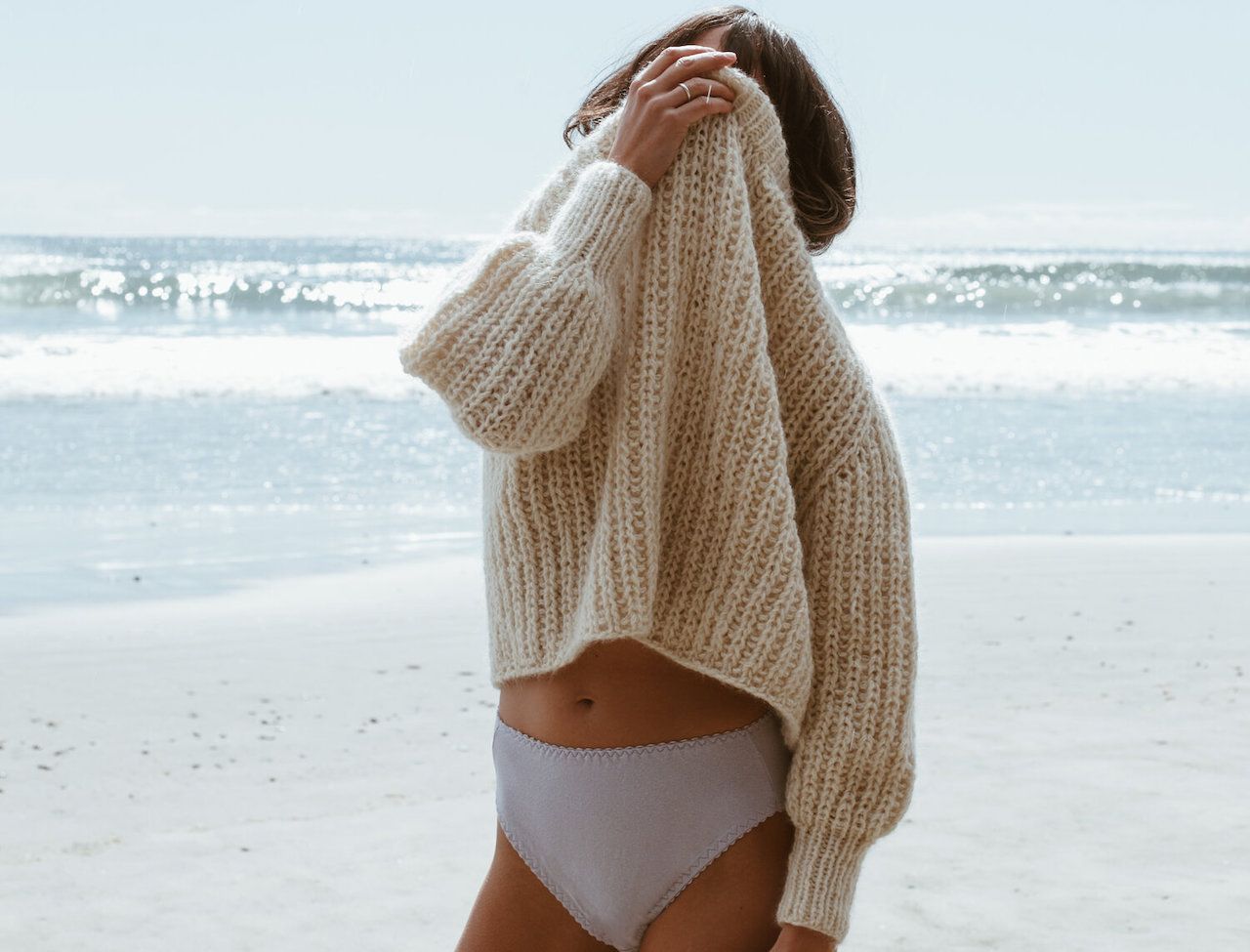When scouring reviews before buying outdoor gear, we often look for such qualities as waterproof, windproof, comfort, and product durability. This guide provides the information you need to add environmental impact to your quality standards for clothing purchases. This extraordinary summer, with an unprecedented heatwave in British Columbia, massive floods in Western Europe, and yet another destructive tropical storm in New York City urges us to empower ourselves to make better lifestyle choices, and sustainable clothing purchases are a great place to start.

Everything You Need to Know to Be a Sustainable Fashionista
The fashion industry is one of the highest polluters out there, not just with its excessive use of water and dyes that make their way into rivers and oceans, but also because its finished products, the clothes we love to buy, rarely have a long lifespan before they end up in a landfill.
If you’ve ever pondered “How can I be more ethical when shopping?” we’re here to help. We know navigating this tricky arena and avoiding the traps of both fast fashion and greenwashing can feel overwhelming, so we’ve broken down the different ethical and environmental issues you might want to consider and listed some of our favorite sustainable clothing companies that are doing great things.
- How to reduce your wardrobe
- When to resell? When to donate? When to trash?
- How to repair your clothing
- How to recycle
- How to choose fabrics: natural v. synthetic
- Why location, location, location is so important
- How to offset the damage of your clothing purchase
- What is greenwashing in the fashion industry? And how to avoid it
Before considering some essential shopping guidelines, let us first repeat the mantra of the conscious consumer: reduce, reuse, repair, recycle.
Reduce: The most ethical item of clothing in your closet is the one you didn’t buy

Photo: tarin chiarakul/Shutterstock
An even simpler mantra to remind ourselves of is “buy less.” Before buying new, consider giving an existing garment another lease on life by shopping in thrift or consignment stores, organizing a clothing swap with some friends, checking out your local Buy Nothing group, or, despite the obvious dangers, shopping in your family’s closet.
Keeping an item of clothing in circulation for a few more years is one of the best things you can do for the environment. I like doing this especially for items I am either very likely to use frequently, such as cheap t-shirts I’ll wear to threads in a single season, or items that I might just wear a handful of times, such as a party dress.
A great alternative to adding preloved items to your wardrobe is maintaining a minimalist closet and supplementing it with rented clothing. Thanks to clothing rental subscription services, you can keep swapping out fresh looks while limiting your possessions — Rent the Runway now even ships your rented vacation wardrobe directly to your hotel. If you’re curious about taking minimalism and creative accessorizing to the next level, you might explore the versatility of a single dress and join the inspirational 100-Day-Challenge at Wool& that dares participants to wear the same dress for 100 straight days.
Reuse: When to resell? When to donate? When to trash?
Parallel to the above question of when to buy runs the question of when to say goodbye to an item of clothing. Some items you no longer wear could make you some extra cash at a consignment store or online marketplace. But what about any other closet content?
Before you put your hand-me-downs in a donation bin, consider other options. Clothes in donation bins often end up in landfills either directly or after being dumped in the Global South. You are much better off directly contacting a local shelter or organization that works with newcomers, or donating clothes in good condition that you just don’t wear anymore to a local charity shop.
Buying from or donating to charity shops not only increases someone’s access to clothing and helps the environment; it also creates revenue for not-for-profit organizations. Interesting fact, many hardcore zero-wasters advocate for using old t-shirts and other items as rags instead of dropping them off at donation bins.
Repair: Patch up worn items or find someone who can

Photo: Natali Ximich/Shutterstock
If you’re not handy yourself and you can’t call on a creative friend with a sewing machine, you might find repair workshops in your neighborhood. Repair Café, for example, was born in The Netherlands in 2009 and has grown into a global network of local chapters that connects people with broken objects to those who can fix them in an effort to counter our throwaway culture. Most Repair Cafés are organized as recurring events, but if you’re lucky your area has a permanent repair shop like Remade in Glasgow, Scotland. Some clothing companies, like Patagonia, will also repair your items for free or a small fee. If your favorite pair of shoes needs a fix, you can probably find a cobbler somewhere nearby; trust me, telling your friends you have to pass by the cobbler will make you feel like you’re living in a Jane Austen novel.
Recycle: A new career for your old clothes
As with food packaging, reducing and reusing should be favored over recycling whenever possible since it always requires additional resources to transform one product into another. There are some great initiatives out there, however, such as MUD Jeans, a Dutch company where you can buy or rent a pair of recycled jeans. Their recycling process uses 92 percent less water than necessary for the creation of the average new pair of jeans. They have been turning heads in Europe to the point that they recently collaborated with IKEA to design a recycled denim cover for one of the Swedish furniture giant’s signature couches.
Other ways companies have tried to minimize waste is by using up as much fabric as possible. Christy Dawn, for example, makes dreamy dresses out of fabrics that remain unused by other companies.

Photo: Christy Dawn
Ace & Jig is another company creatively repurposing all leftover ends of their fabric by turning them into hairbands, scrunchies and entire garments out of patches.
How can I shop more ethically for clothes?
How to choose fabrics: natural v. synthetic
This is probably one of the trickiest aspects of shopping for sustainable clothing. While it may sound cool to get a fleece made entirely from plastic bottles, the process to spin this item is actually quite resource-intensive. On top of that, every time you put this sweater in the wash, it will release microplastics that eventually end up in our waterways. While Patagonia has designed a washing bag to prevent this leakage, a natural fabric will be easier on the environment and your skin.
Even when looking at natural fabrics, we have to consider the production process. While cotton farming is notoriously water-intensive, organic cotton doesn’t add to that the use of pesticides that leach into the soil, making it always a better choice. Bamboo, on the other hand, grows exceedingly quickly and doesn’t require much water. Wool is great for its durability, but, often depending on the scale of production, may be more or less ethically sourced. And, of course, if you are vegan, wool is always unethically sourced because it is an animal product.
Canadian outdoor clothing company ecologyst has recently started using camel hair, which is harvested through natural shedding rather than shearing the animals.

Photo: ecologyst
Another fabric that has been turning heads because of its sustainable traits is hemp. California-based company Jungmaven offers an entire hemp collection, while Calgary-based Seed produces versatile hemp pants for natural movement.

Photo: jungmaven
Why location, location, location is so important
Considering the location where your package is shipping from or where its contents were manufactured is crucial to the environmental cost of your purchase. Ideally, we walk to a store where we buy a shirt that was designed and sewn in the back of the building from fabric that was woven there, the prime material of which was grown in the backyard of the store. You get the idea.
This is an uncommon scenario in the 21st century, but we should do whatever we can to shorten the distance a garment travels. One of the reasons I invested 1,000CAD of my hard-earned cash in ecologyst, for example, was their commitment to produce in North America. In fact, in their new Victoria BC headquarters, you can shop, watch a seamstress make your clothes, and chat with the CEO. All that’s missing to complete my fantasy is a field out back to grow hemp and graze sheep.

Photo: ecologyst
Shortening the travel distance of an item of sustainable clothing and its composing parts also increases the transparency of the labor practices during the production process.
When items are handmade by the person selling them, the cost more likely reflects the true cost of production. For example, when buying what may seem like an expensive sweater from Olann, a one-woman operation that sells handmade wool sweaters, the price reflects not only the high quality of the ethically sourced wool, it also reflects the true cost of creation — a liveable wage for the knitter.

Photo: Olann
How to offset the damage of your clothing purchase
While you may have heard of companies that allow you to plant trees to offset the damage of your air travel, similar initiatives exist in the clothing industry. For example, for each garment you purchase, the company tentree will plant — you guessed it — ten trees; while United by Blue compensates for the environmental cost of consumption by removing one pound of trash from the ocean and waterways for each purchase. Another good resource is TreeClicks, an app that plants trees when you shop online using their interface.
What is greenwashing in the fashion industry?
Because many consumers care about the environment and are worried about the impact of the fashion industry on climate change, ethical clothing has become a billion dollar business. Unfortunately, this has led to some abuses and many greenwashing initiatives — using environmentalism as a marketing strategy to increase profits without actually benefiting the environment. They might highlight one small thing they are doing for the environment to stop you from looking too closely at the rest of their activities.
How to avoid greenwashing: Strive for improvement, not perfection
As consumers, we hold the all-important power of the purse strings. With rising concerns about greenwashing, the conscious consumer can feel at a loss as to which companies to trust and which factors to prioritize. In the end, much like voting in an election, you can’t always just rely on what the candidates are saying; you’ll have to do some of your own research and know that the best option for the environment is always to buy nothing.
Anne-Marie Bonneau, the woman behind Zero Waste Chef — the book, the blog, and the Instagram account, where she demonstrates how to live plastic-free and reduce food waste — says: “We don’t need a handful of people doing zero waste perfectly. We need millions of people doing it imperfectly.”
The same is true for sustainable clothing consumption. It can be daunting to change your habits. Start small; change one thing. If everyone swapped out just one bad consumer choice for a better one, collectively, we would be making a lot of progress.